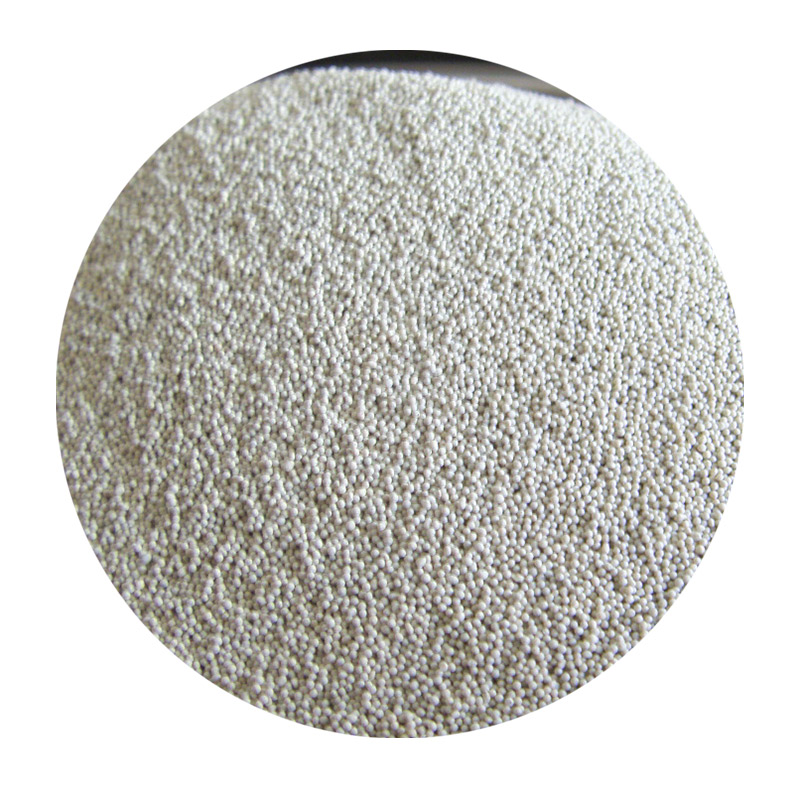3D Printing with Wet Sand Innovations and Applications
In recent years, additive manufacturing, commonly known as 3D printing, has revolutionized various industries by enabling the creation of complex geometries and structures with exceptional efficiency. One of the intriguing developments in this field is the use of wet sand as a printing material. This innovative approach not only leverages the natural properties of sand but also provides sustainable alternatives to traditional materials, opening new avenues for construction, art, and rapid prototyping.
Wet sand 3D printing utilizes a binder jetting process in which a liquid binder is used to bind the grains of sand together. The key here is that the sand is not dry; it retains a certain level of moisture, which enhances the binding process and allows for greater flexibility in design. This method offers several advantages, notably in terms of cost-effectiveness and availability of materials. Sand is one of the most abundant natural resources on Earth, making it an economical choice for large-scale projects.
3D Printing with Wet Sand Innovations and Applications
In addition to construction, wet sand printing has significant implications for environmental conservation. The ability to utilize local sand sources reduces transportation costs and the associated carbon footprint of construction projects. Furthermore, the process of 3D printing can reduce the need for concrete, a material that is notorious for its high carbon emissions during production. By replacing concrete with sand-based materials in certain applications, the construction industry can take a significant step toward reducing its environmental impact.
wet sand 3d print

Art and design are other fields ripe for innovation using wet sand 3D printing. Artists and designers can create intricate sculptures, functional art, and unique installations that push the boundaries of traditional craftsmanship. The tactile nature of wet sand allows for a variety of textures and finishes, providing artists with a new medium to explore. Moreover, because the printing process can be controlled with high precision, creators can effortlessly replicate their designs, making it easier to produce limited editions or personalized pieces.
Educational institutions and research facilities are also exploring the potential of wet sand 3D printing for prototyping and experimentation. The quick turnaround time for creating models enables students and researchers to iterate faster, overcoming common hurdles in design processes. For example, engineering students can develop and test physical models of structures, learning from real-world applications of their designs while minimizing costs associated with traditional prototyping methods.
Despite the numerous advantages, wet sand 3D printing does face challenges that need to be addressed for it to reach its full potential. The durability of structures made from wet sand can vary, which may limit its use in certain applications. Researchers are working on developing additives that can enhance the strength and longevity of printed objects, ensuring that they can withstand environmental stresses and meet safety standards.
Overall, the exploration of wet sand as a 3D printing material is an exciting frontier in additive manufacturing. Its combination of sustainability, cost-effectiveness, and design flexibility offers promising prospects for various industries. As technology continues to advance and more research is conducted, we are likely to see a wider adoption of this innovative printing method. The future of construction, art, and design is bright, and wet sand 3D printing could very well play a pivotal role in reshaping how we create and build in the years to come. Through sustainable practices and innovative techniques, we can pave the way for a more efficient and environmentally friendly future.
Post time:lis . 06, 2024 18:44
Next:sand used in sand casting
